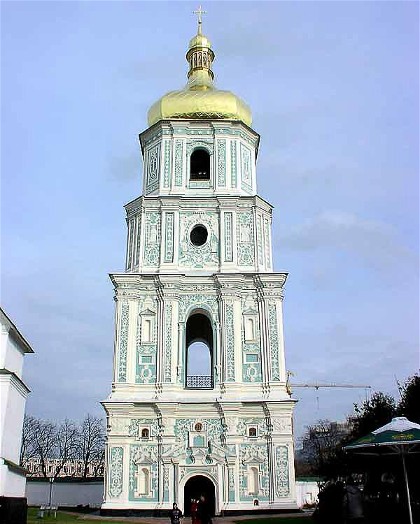Saint Sophia Cathedral
Saint Sophia Cathedral (Sofiiskyi sobor). See Map. A masterpiece of the art and architecture of Ukraine and Europe. It was built in Kyiv at the height of Kyivan Rus’, in the Byzantine style (see Byzantine art), and significantly transformed during the baroque period. The cathedral was founded by Grand Prince Yaroslav the Wise and built between 1037 and 1044 (some suggest 1017–37). The original building, most of which remains at the core of the existing cathedral, is a cross-in-square plan with twelve cruciform piers marking five east–west naves intersected by five transverse aisles. Each nave springs from an apse in the east. The central nave and the main transverse aisle (transept) are barrel-vaulted and twice the width and height of the side naves. A balcony tops the north and south naves and narthex. Over the balcony, aisles, and naves rises a pyramidal arrangement of 12 smaller, peripheral domes and 1 large, central dome, all 13 of them hemispherical on tall drums. An open ambulatory girdles the north, south, and west sides, and to it a further ambulatory and exonarthex with two staircase towers were added in the late 11th century.
The centripetal plan, internal volumes, and external massing reflect the hierarchical ordering of the mosaics and frescoes inside. As the surfaces of the walls advance from the floor and the narthex, the frescoes increase in size and religious significance and culminate in the monumental mosaics Mother of God (Orante) in the central apse and Christ Pantocrator in the central dome. Among the most masterful mosaics are those of the Church Fathers. The more archaic Orante in the central apse, often referred to as the Indestructible Wall, is the most famous.
The cathedral's 11th-century exterior walls are of opus mixtum, a widely used technique of alternating courses of brick and stone. Exterior ornamentation of the original walls consists of decorative brickwork, the monochromatic painting of key architectural elements, and a number of frescoes.
The architects of earlier masonry buildings in Kyiv, such as the Church of the Tithes (989–96), were from Chersonese Taurica, but those responsible for Saint Sophia are not documented. Despite popular speculation, the cathedral did not borrow much from the Hagia Sophia of Constantinople other than its name and some general features. Some 19th-century scholars and contemporary Byzantologists contend that all features of Kyiv's Saint Sophia are imitations of Byzantine types created by master builders from Byzantium. Others liken certain features to German examples and suggest Romanesque influences. Some see features in the cathedral resembling churches in Armenia and Georgia, and a few even trace elements to Iran, Islam, or Bulgaria. More convincingly, a number of scholars have established an autochthonous hypothesis. They argue that by the 11th century an architectural tradition had already been established in Kyivan Rus’, exemplified by the 10th-century Byzantine structures and the vernacular masonry palaces and wooden structures of the Polianians from the 8th century, and that it was this hybridized tradition, not Byzantine architecture alone, that shaped Saint Sophia.
A number of the cathedral's features are extremely rare or do not appear at all outside of Kyivan Rus’ prior to its construction. Among the most notable are the number of domes and their elongation, the marked pyramidal form and overall striving for height, the fact that the width of its body is greater than its length, the combined use of mosaics and frescoes, and the styling and much of the subject matter of the frescoes.
With the sack of Kyiv by the Suzdal prince Andrei Bogoliubskii in 1169, the city and the cathedral fell into a 460-year period of decline. Frequently plundered during this period, the cathedral functioned only intermittently. By 1585, its roof ruined, the cathedral had deteriorated significantly. After it had been under the Uniate church for a brief period (1610–33), the Orthodox metropolitan, Petro Mohyla, took control of the cathedral. Over the following 24 years it was extensively restored, and new monastery buildings and other wooden structures were built in its precinct. After the Pereiaslav Treaty of 1654 between the Hetman state and Muscovy, autocephalous control over the cathedral was lost, and after 1657, repairs became sporadic and at times deteteriously expedient.
From 1690 to 1707 Hetman Ivan Mazepa influenced and funded the completion of the repairs. Most significant was the exterior work: portions were heightened; the masonry was stuccoed and whitewashed; pediments and other decorative features were added throughout; all the domes, including six new ones, were covered with distinctive pear-shaped and capped cupolas; and the central cupola was gilded. A new three-story bell tower was also built in the precinct's wall. Up to that time the character of the cathedral had remained largely medieval. All the exterior work during this period, however, reflected the newly developed principles of the Ukrainian baroque. This created the current exterior appearance of the cathedral.
In the mid-18th century, largely under the patronage of Metropolitan Rafail Zaborovsky, another period of intense artistic activity occurred. Many silver chandeliers and finely carved and gilded wooden iconostases were installed. The three-tiered iconostasis in front of the main altar is considered to be among the most important examples of 18th-century wood carving (only the lower tier has remained). Between 1744 and 1752 the bell tower was partly rebuilt, and a fourth story and new cupola were added. The refectory (1722–30) and metropolitan's residence (1722–30, with later additions) are both fine examples of Ukrainian baroque architecture. A wall surrounding the precinct was rebuilt in masonry, and included the flamboyantly ornamented and carefully ordered Zaborovsky Gate (1746–8). The gate and parts of the bell tower were designed by Johann Gottfried Schädel.
In the 19th century an exonarthex was added to the cathedral to replace the collapsed western gallery. In the mid-19th century the first exact survey of the cathedral was undertaken, by F. Solntsev. In the intense cultural activity unleashed by the collapse of tsarist rule in 1917, considerable research, investigations, documentation, and restoration of the cathedral took place. Much of this activity, including systematic photodocumentation, continued through the early Soviet years. In 1934, however, all religious activity was terminated, and the cathedral was turned into a museum. Many of its most important objects were confiscated by the state, and many of these were destroyed, lost, or sold abroad. In 1941–3 most of the confiscated articles preserved in Kyiv's museums and the Central Scientific Library of the Academy of Sciences of the Ukrainian SSR were plundered by the Nazis. Currently the cathedral is part of the Saint Sophia Museum.
The art and architecture of the Saint Sophia Cathedral have had a wide influence. The original building's cross-in-square plan, its tall, pyramidal, domed spaces and silhouette, and its organization and stylistic treatment of mosaics and frescoes provided the model for many Kyivan Rus’ and later Ukrainian churches. It influenced many more, such as Saint Volodymyr's Cathedral in Kyiv (1862–82). Its clearly ordered organization, structural logic, and use of materials informed the development of the more rational and constructivist attitudes of almost all subsequent Ukrainian architecture.
Key events in Ukrainian religious, political, and cultural life have taken place in and around the cathedral. The first library in Ukraine was founded there by Yaroslav the Wise. He was eventually buried in the cathedral (his sarcophagus remains), as were other grand princes and metropolitans. Coronations were performed, foreign ambassadors were received, councils met, and many historic treaties, proclamations, and universals were announced there.
BIBLIOGRAPHY
Powstenko, O. The Cathedral of St. Sophia in Kiev (New York 1954)
Logvin, G. Sofiia Kievskaia: Gosudarstvennyi arkhitekturno-istoricheskii zapovednik (Kyiv 1971)
Tots’ka, I. (ed). Mosaics and Frescoes of St. Sophia's Cathedral of Kiev (Kyiv 1971)
Vysotskii, S. Srednevekovye nadpisi Sofii Kievskoi: Po materialam graffiti XI–XVII vv. (Kyiv 1976)
Achkasova, V.; Totska, I. St. Sophia Cathedral in Kiev: Guide (Kyiv 1986)
Vysotskii, S. Svetskie freski Sofiiskogo sobora v Kieve (Kyiv 1989)
Walter Daschko
[This article originally appeared in the Encyclopedia of Ukraine, vol. 4 (1993).]

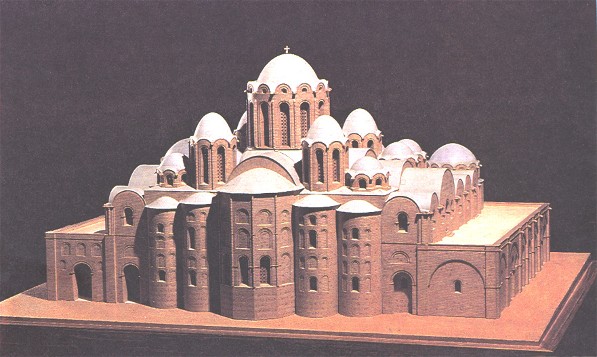
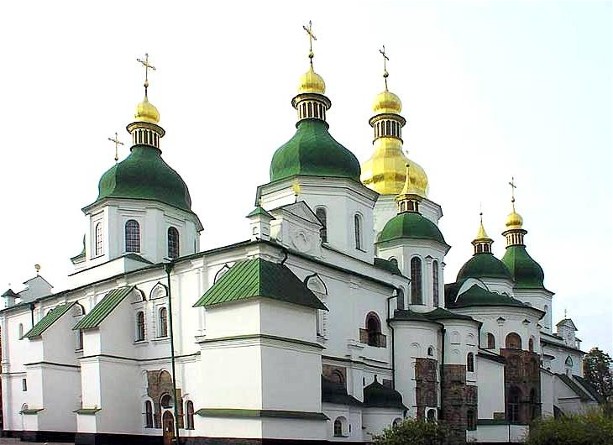
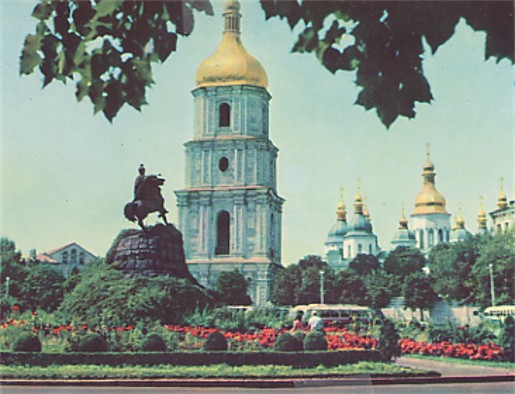
.jpg)
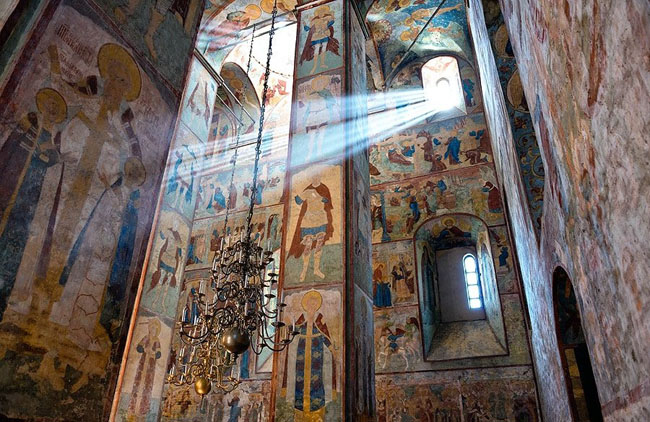
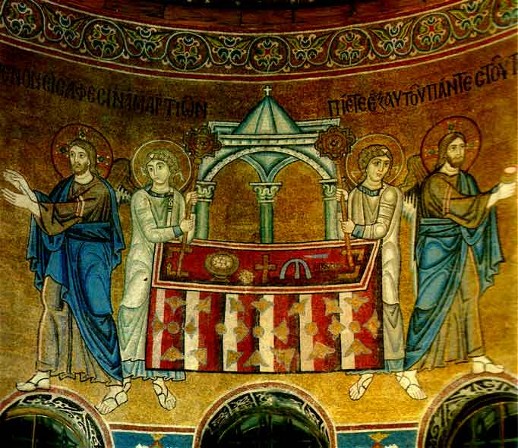
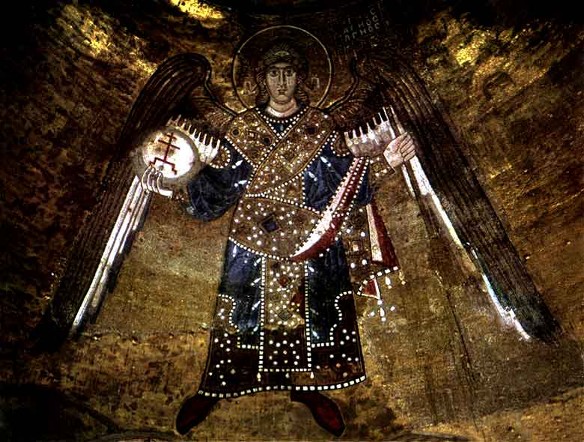
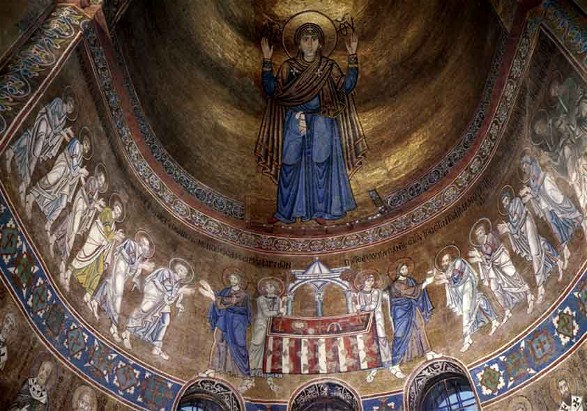
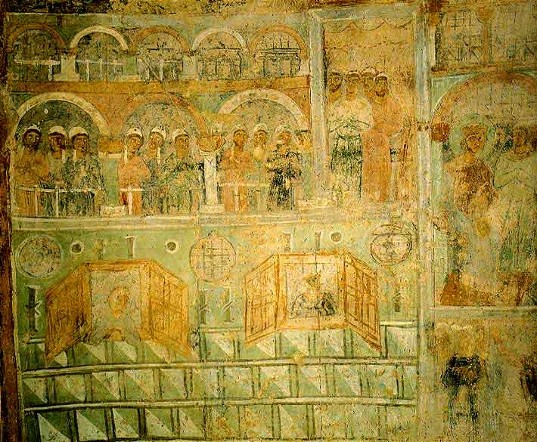
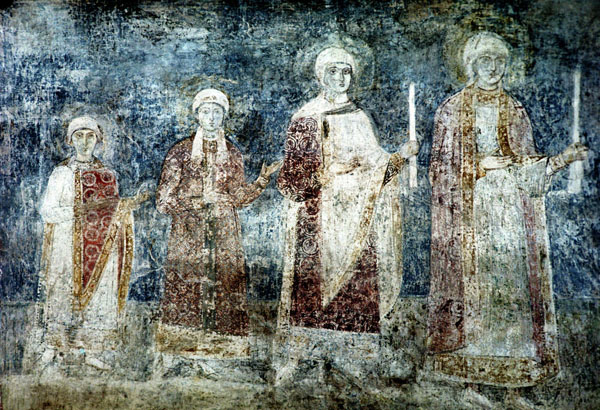
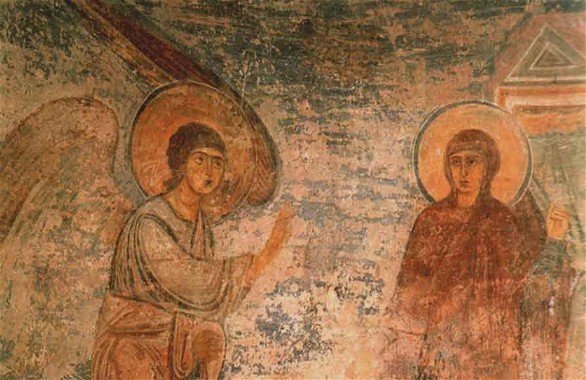
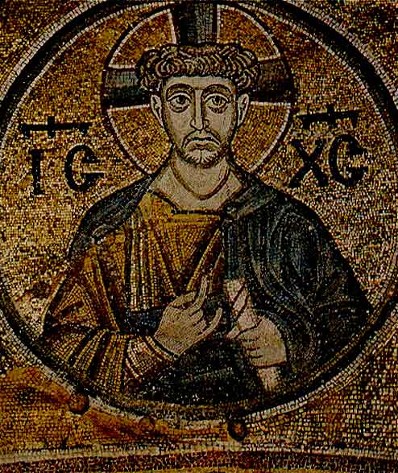
.jpg)
.jpg)
.jpg)
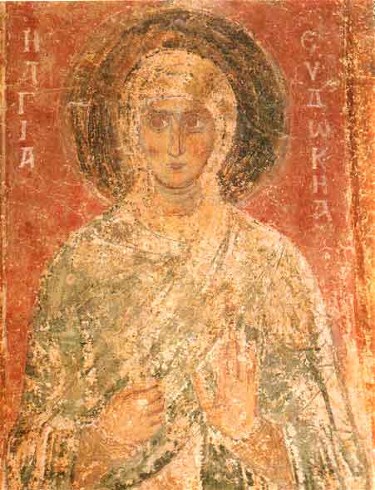
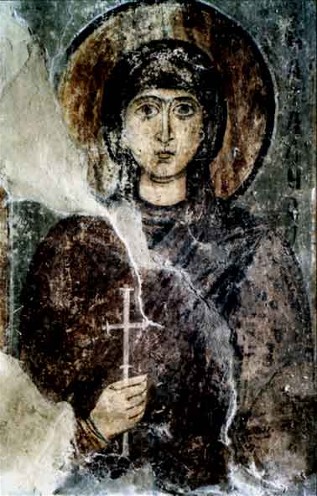
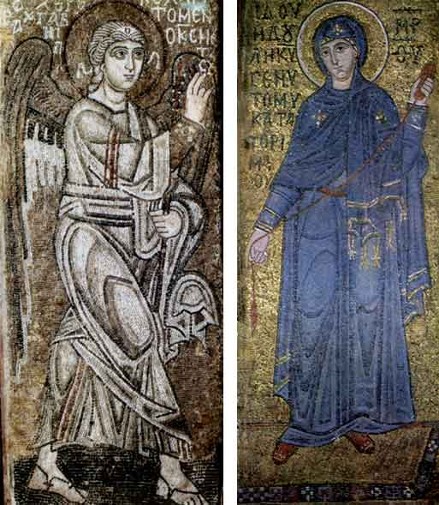

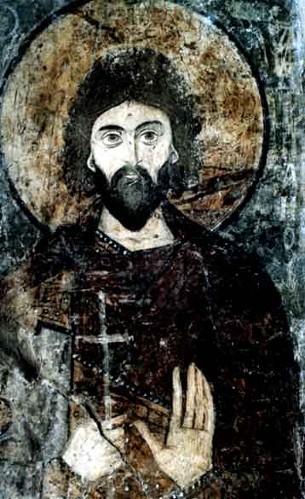
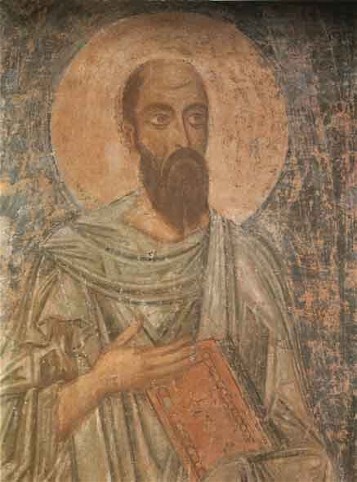
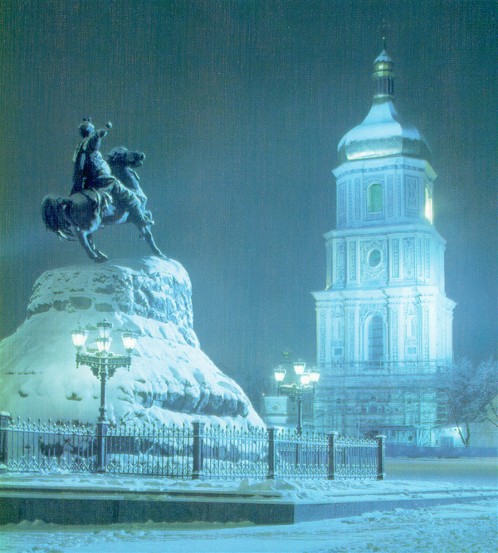
.jpg)
.jpg)
